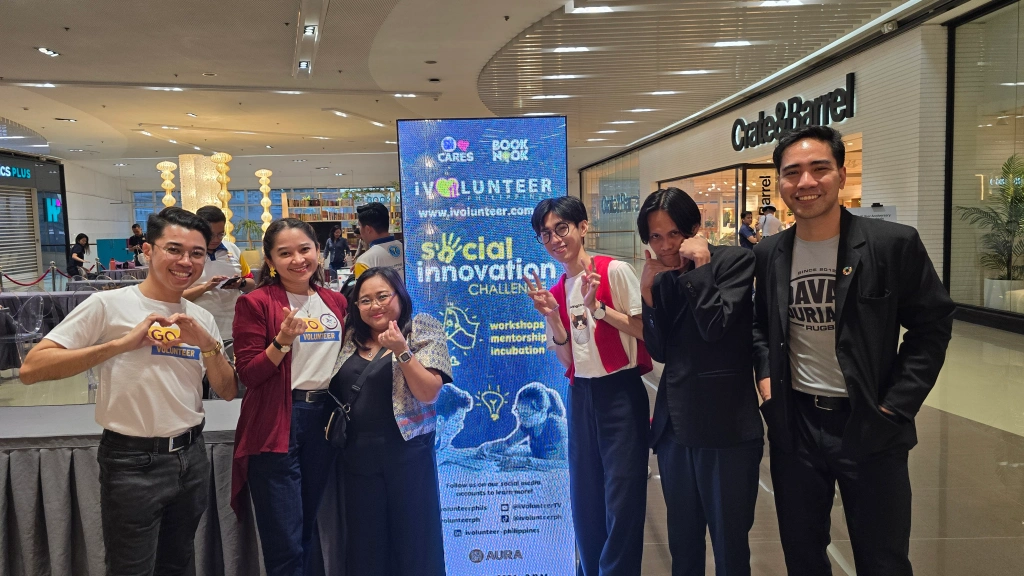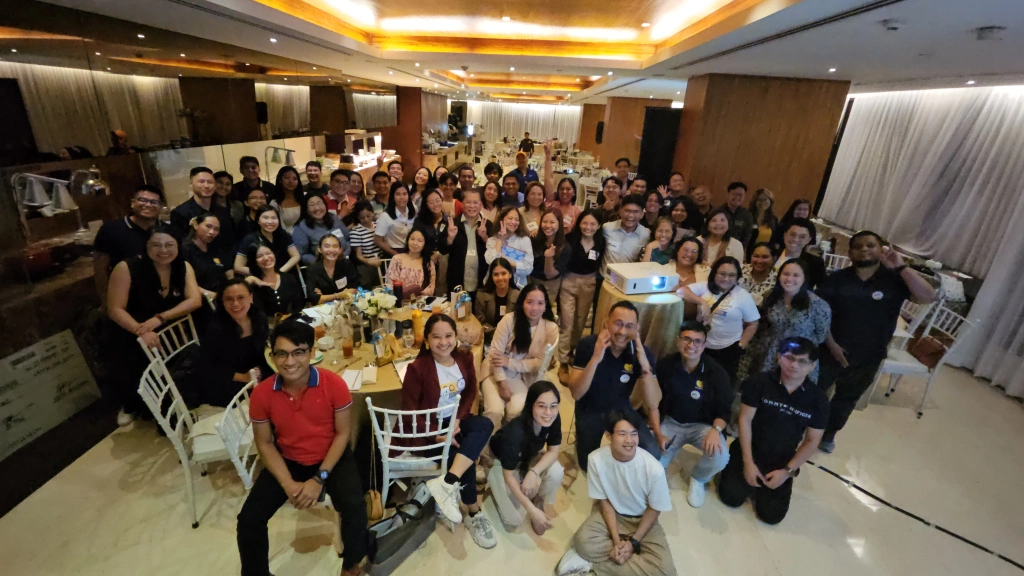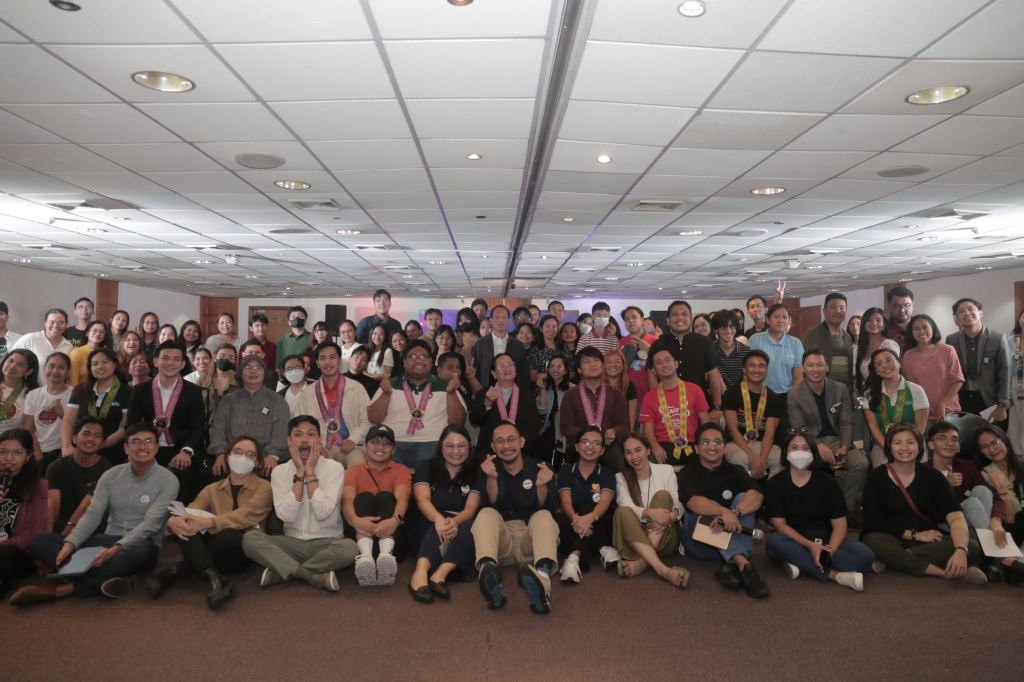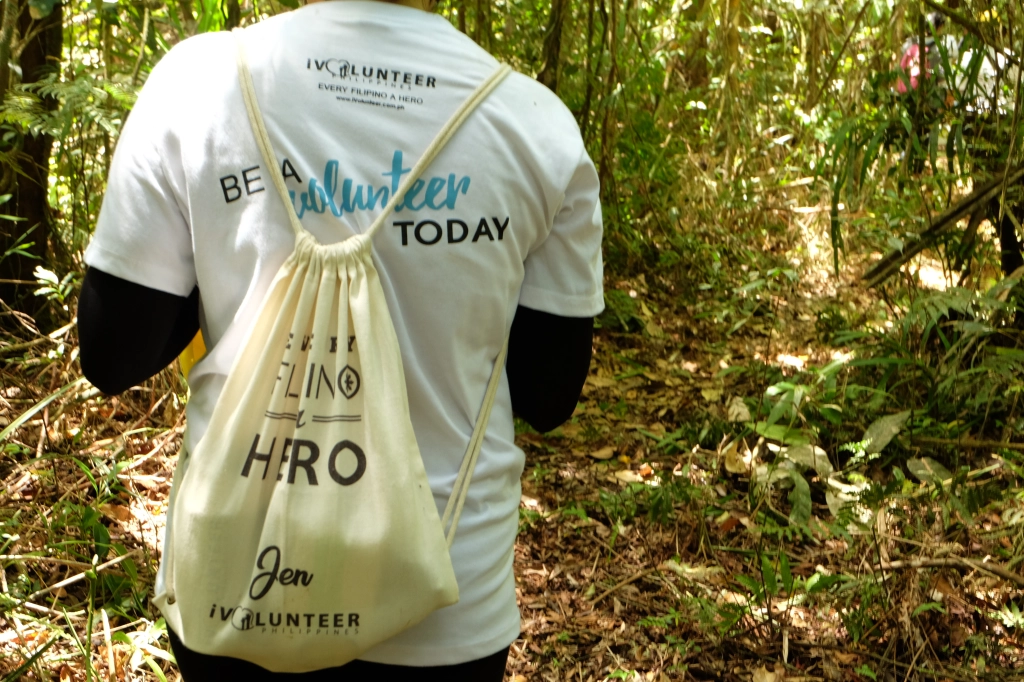In a volunteering ecosystem, the relationship between the volunteer and the volunteer-engaging organizations are very important. It should be a collaboration between both parties so that each gains from the experience and relationship taking into consideration the volunteer’s personal growth and contribution, as well as the organization’s advocacy and program delivery resulting in sustainable impact for the beneficiaries. However, when there are occasions that everything doesn’t go as planned and unexpected things happen, different perspectives result in the following conflicting comments:
From the volunteers: “Ako na nga ang nag-volunteer.” (“I’m already the one volunteering.”)
And from the staff of organizations: “Volunteer lang sila.” (“They are just volunteers.”)
There is an impression that one is superior over the other. Some may feel that their effort should be valued more because they render capacity that is free of charge, others think their contribution is more than the others because of their longer-term commitment.
The right position
Let’s try to examine why each one believes they are better than the other. Some volunteers think this way because often times they go out of their usual routines to help out. They spend time and money commuting to the venue which is not as easy for everybody—especially those who are studying with no regular income or those who earn just enough to support their families. Newer volunteers, who seek learning and adventure, need to feel valued and want something positive out of this new experience. Without proper briefing they do not get the context of what happens behind the scenes outside of these volunteer events.
On the other hand, we have the individuals from organizations who are engaged with their causes and advocacies every single day. They have more expertise in their field compared to volunteers who appear for a single activity. And because volunteers come and go, they don’t see it necessary to invest as much in helping the volunteers to have an understanding of the social problem and their causes. Especially for traditional organizations—they prefer to engage longer-term volunteers who care about impact and contribute to the sustainability of the advocacy.
Resolving different views
Both parties need to realize that they are in a volunteer ecosystem to respond to a bigger challenge.
Volunteers need to understand that the NGOs are there to ensure the sustainability of their contributions and guide them to ensure they provide help rather than disrupting the communities. The role of organizations is more than just receiving volunteers to ensure that they gained a positive experience; it continues even after the volunteer event.
Organizations need to understand that not all volunteers are the same and volunteers go through an evolution (read about the volunteer evolution here). Volunteers might sign up only once in that community and move to another volunteer opportunity after, but that cumulative experience is crucial to shape the values and goodness in each of them. These are the same people who can potentially become some of the future leaders of our society. Majority of the individuals who now run NGOs started by growing their commitment from a short-term volunteer experience. Each positive encounter with a community can also lead to volunteers becoming ambassadors of the host organization’s advocacy by promoting their cause to other volunteers, donors, as well as other kinds of supporters.
At the end of day, both exist to support a cause and a community. Each one has a contribution in this relationship regardless how big or small. Organizations need to think about sustainability of their organization by engaging and investing in volunteers who could potentially fall in love with their causes; volunteers need to also look for a bigger context and think about their contributions while gaining knowledge and fulfillment from the volunteer experience.
It’s not just about you or me but it’s really about all of us—making a better Philippines.
by JB Tan, Executive Director – iVolunteer Philippines








Leave a comment